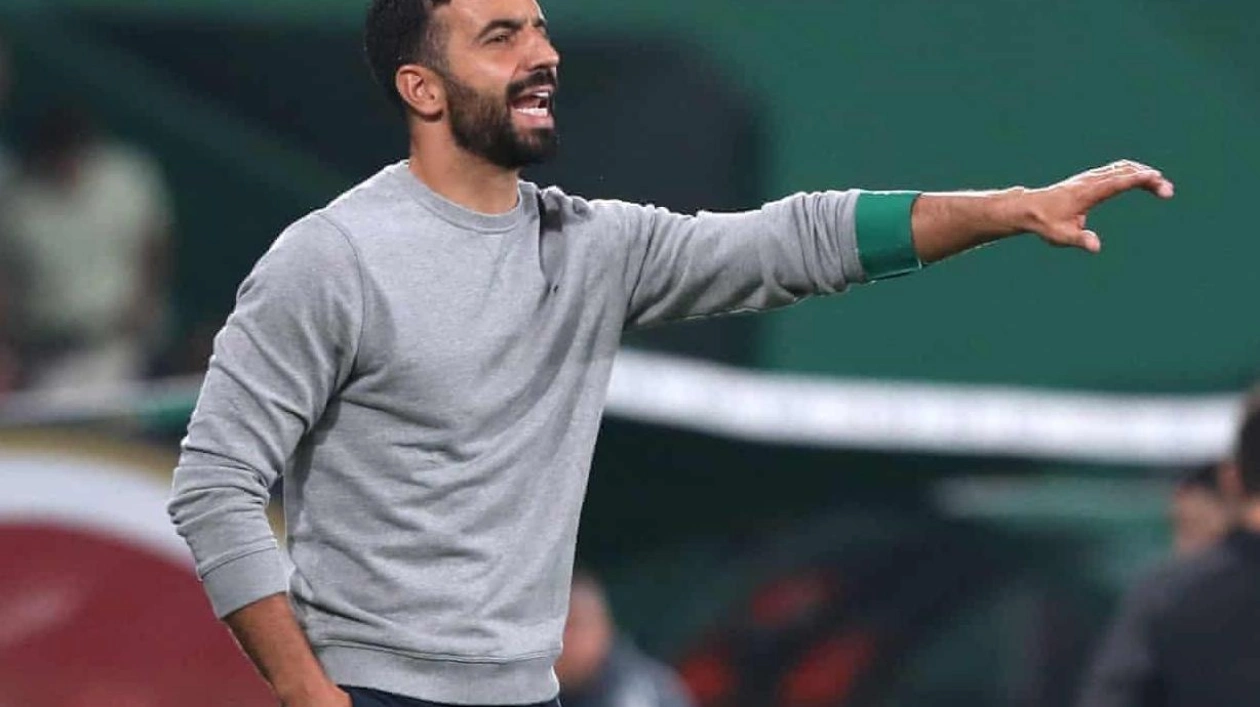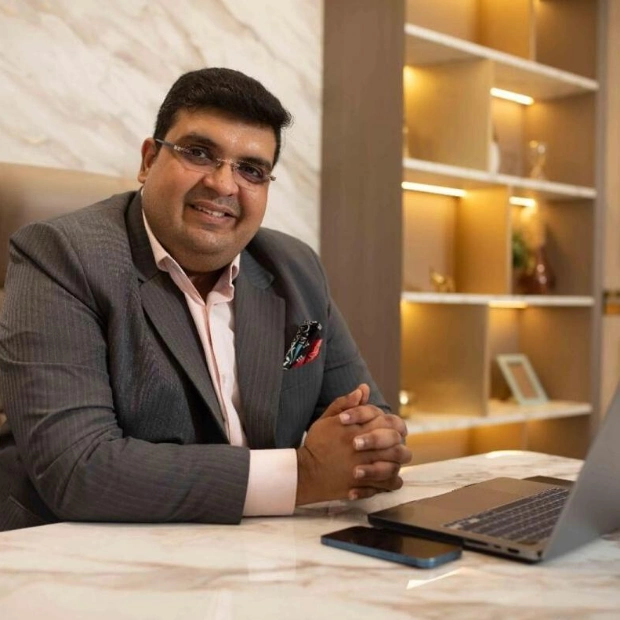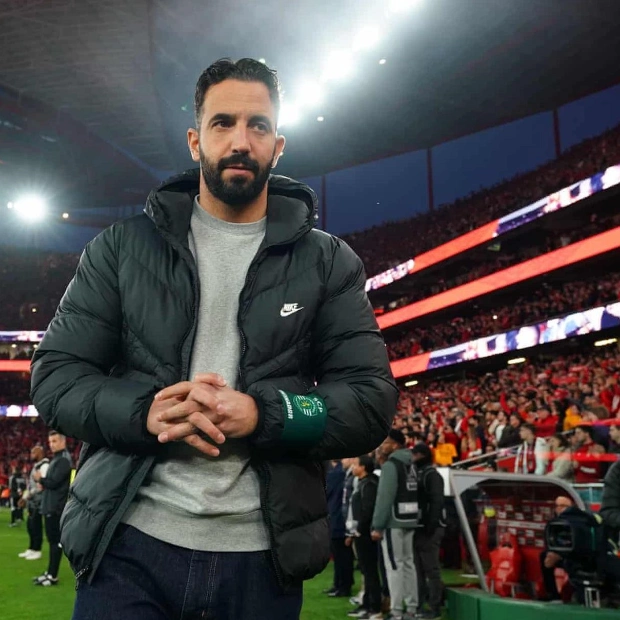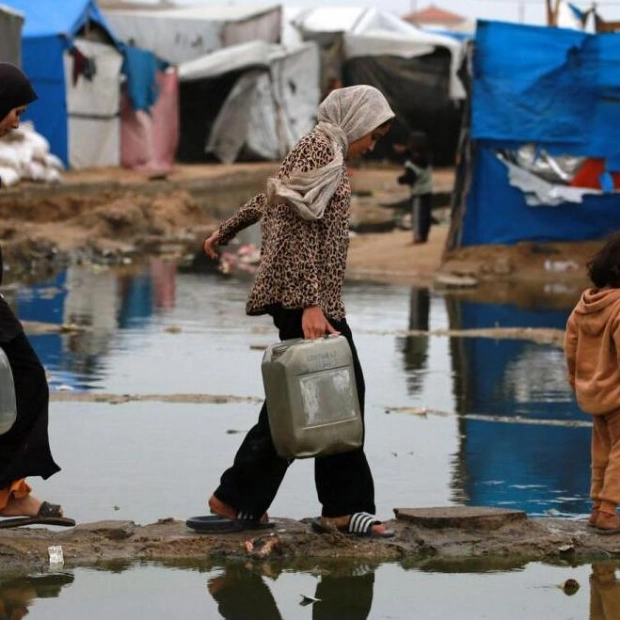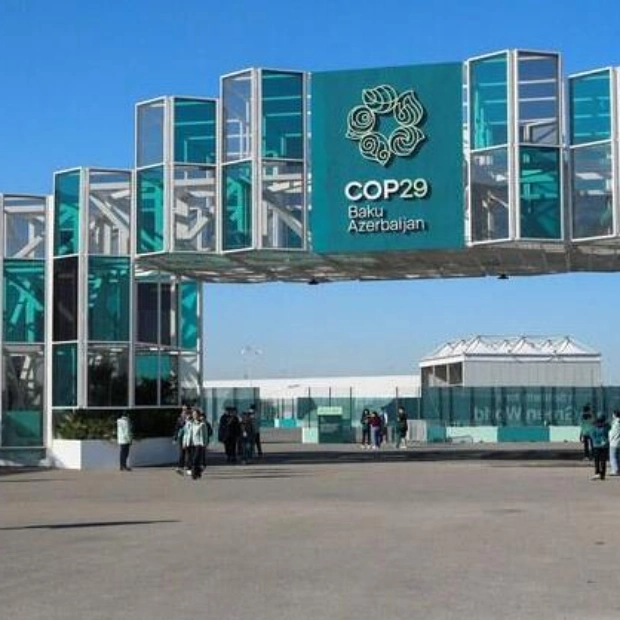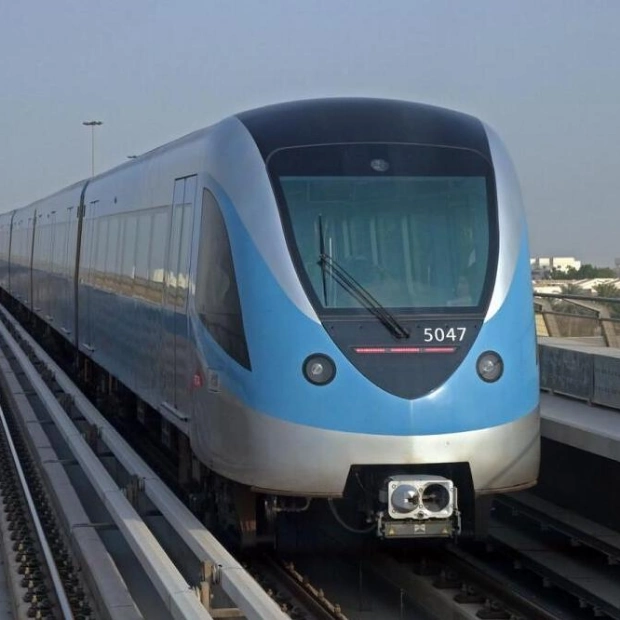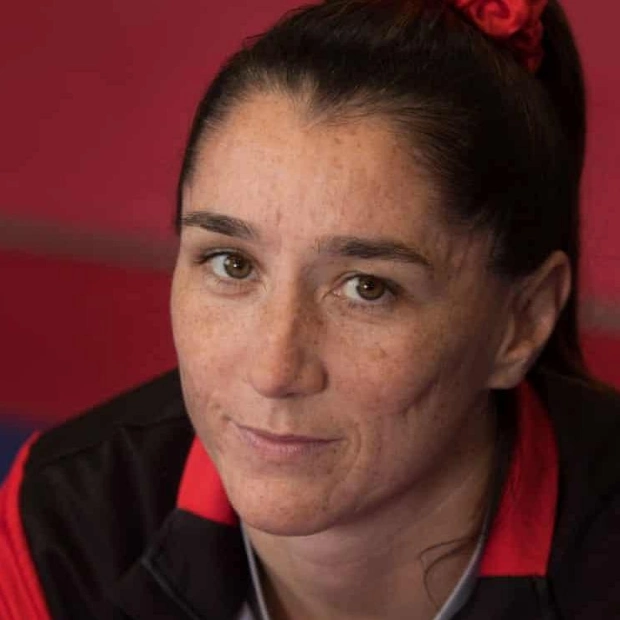At least there isn’t a recent example of Manchester United outbidding Manchester City to sign a 30-something Portuguese player, only for it to turn into a costly debacle. Sporting manager, Rúben Amorim, had been heavily linked with a move to City next summer if Pep Guardiola decides to step down, especially after the club’s director of football, Hugo Viana, was named as the successor to Txiki Begiristain at the Etihad Stadium.
However, on Monday, Amorim emerged as the preferred candidate to replace Erik ten Hag after the Dutchman was dismissed. Unlike Cristiano Ronaldo, whose playing career was winding down when he rejoined United in 2021, Amorim is a manager on the rise. The 39-year-old is arguably the brightest of the promising generation of young Portuguese coaches and has been linked with both City and Liverpool.
After leading Sporting to the title in 2020-21, ending a 19-year drought, Amorim won it again last season, and his side has started this campaign with nine wins in nine games. It was thought he would stay till the end of the season to try to retain the title, something Sporting haven’t managed in seven decades.
Idealism is an unfashionable trait among modern managers, and Amorim has a clear streak of pragmatism. He will sit in a low block when required but prefers to press aggressively. This raises the question of what he will do with this United squad. Ten Hag arrived with a reputation for pressing high but was forced into a major rethink after his first two games brought defeats.
Even after Ronaldo and David de Gea left, Ten Hag’s side never pressed convincingly. Often individuals would go hunting the ball alone, and the United doughnut became notorious: half the side pushed high in search of possession, and half sat deep, leaving a vast hole in between in which opponents could frolic.
At Braga and Sporting, Amorim’s preference has been for a 3-4-3, although he has interpreted it in two ways. The more common variant is to have two mobile deep-lying midfielders, most recently Morten Hjulmand and Hidemasa Morita, sitting in front of the back three, which places great emphasis on the wing-backs as an attacking threat. However, United have plenty of players who could operate either side of the centre-forward but have nobody who looks a natural wing-back.
If Amorim were to get the job, he might be forced in the short term to pursue his other alternative, a 3-4-3 in which the four is a diamond. At the base is a player who can step into the back line effectively to make a four, flanked by two shuttlers with a Fernandes-style figure behind a central striker with two wingers. It’s not unreasonable to point out that a diamond in midfield of, say, Casemiro, Mainoo, Ugarte and Fernandes doesn’t look especially secure.
This is a squad that has been assembled expensively to no great effect. Which bits are meant to go together? What is the underlying philosophy? The decision to extend Ten Hag’s contract seems so costly; it’s not just his salary or the payoff he has been granted, but the £200m outlay on players this summer, presumably to suit whatever system Ten Hag thought he might be imposing.
Overhauling United is an almighty job, and one that, recently, has had a tendency to chew up managers. Manchester United are still Manchester United, and there is an allure to perhaps being the one who makes it all work again, but for a manager on the up, it is also an enormous risk. If Amorim has other options, he should be considering them very seriously.
Source link: https://www.theguardian.com
